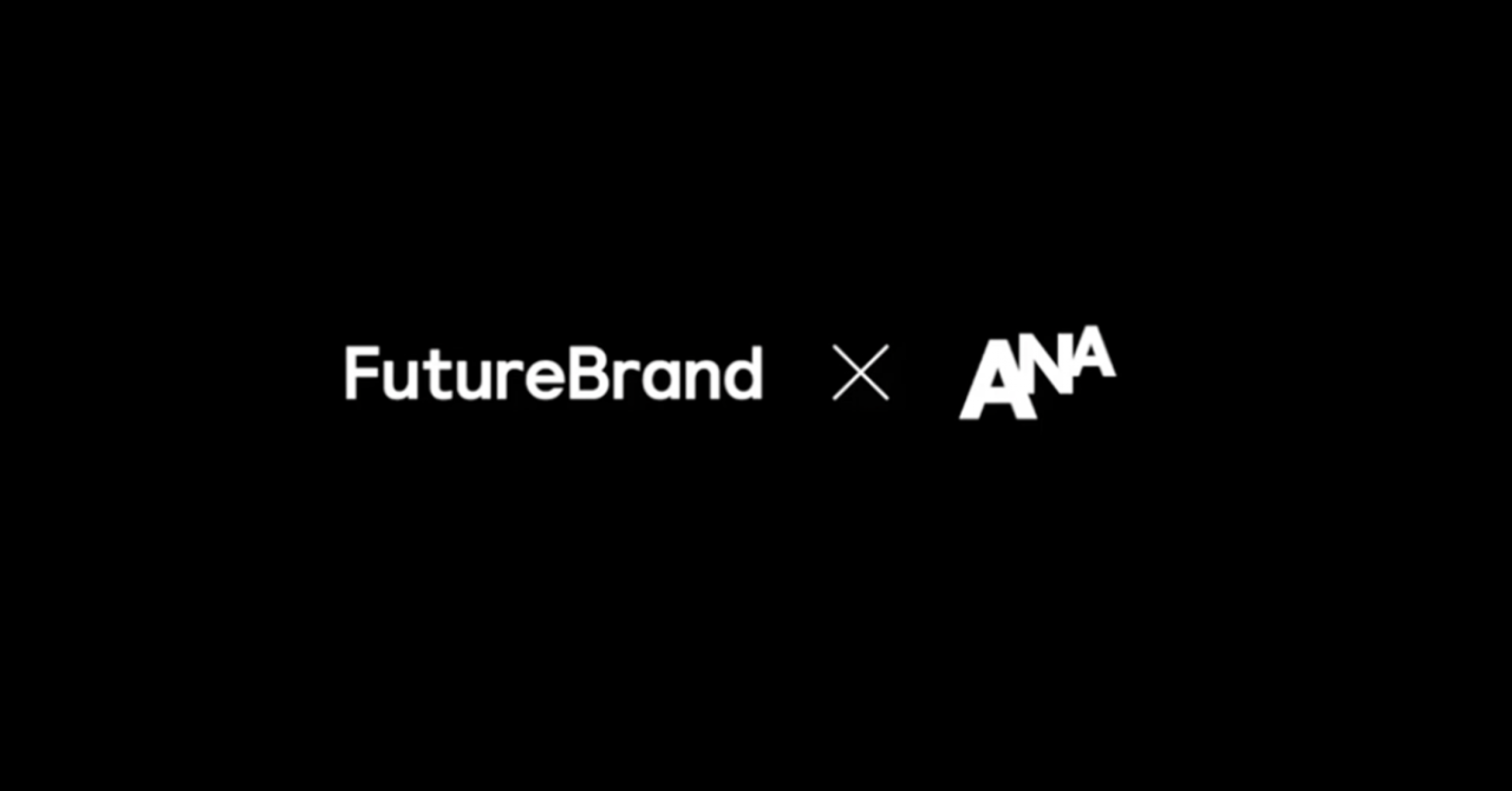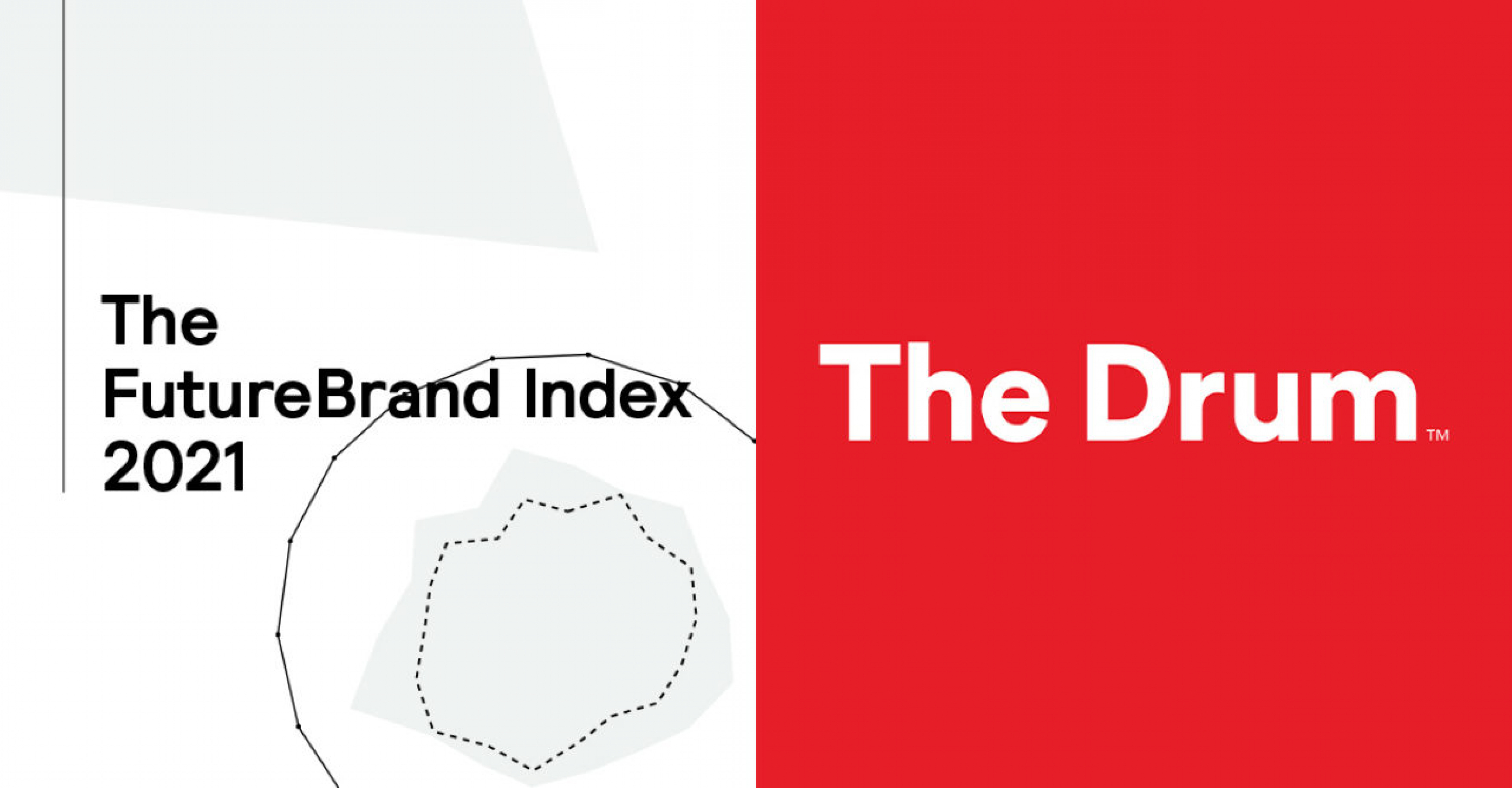

B2B Rising: The opportunity for B2B brands in 2022
In the first annual ANA NYC ‘B2B Day’ conference, FutureBrand North America’s Head of Strategy, Lynne Field and President, Simon Hill, explored why and how marketers and leaders can learn from B2B brands’ successes.
Joined by other leading experts, the conference focused on the contributions of these enterprises and their marketers, providing a look ahead to the big and bold B2B contributions yet to come.
Our annual FutureBrand Index is a tool that analyses consumer perceptions of brands, reordering them in comparison to PwC's Global Top 100 Companies that otherwise focuses on market capitalisation. The FutureBrand Index tracks the relationship between company value and brand perception to create a global best practice brand behaviour benchmark.
It’s a rigorous assessment to see how future-proof the world’s most prominent companies are. Prior reports have demonstrated that the most favourable brands are often the ones that consistently align the totality of the experiences they create with their wider corporate purpose. Even in the brands that are financially strong, their consumer perceptions fall short, and their competitive advantage is not future-proof. After all, when a brand is favoured by consumers, they are more likely to work for, pay more or buy from them.
B2Bs have risen strongly and now dominate
The past several years of these reports has noted a gradual shift towards the favorability of B2B brands - and this was only accelerated further due to the pandemic. Consumers are recognising the value that these brands bring to our day to day lives. They are essential facets of our society and the recognition they are getting from their vast contributions from goods and services have caused them to eclipse leading consumer brands in consumer perception. So, what is it that these B2B brands are doing successfully and what should brands take note of if they are to thrive well into the future?
They consistently evolve to stay relevant
B2B companies are the backbone of the global economy. Companies thriving prioritise innovation to consistently impact individual well-being and drive change for good at scale. This dynamic disproportionately impacts B2B brands. They’re often seen as the building platforms for survival. They might not be household names, but they are platform giants, powering behind the scenes for the more visible consumer-facing partners. Axalta recognised this need, rebranding themselves from their 145-year-old legacy to successfully exist and thrive in the new world. The new visual identity expresses Axalta as a dynamic, performance-driven company and by staying on top of the curve, enables them to retain existing customers and gain new market share.
They transform purpose promises into clear platform infrastructures that will be fundamental to human life in the future
The rise of B2B brands has taken place against a backdrop of a dramatic redefinition of public expectations of brands. Our standards for good experiences are now higher than ever, but often companies fall short in the perception of these good experiences. Since the pandemic supercharged the worry of maintenance of life, with social and political unrest, environmental unrest, healthcare unrest, we faced multidimensional worries. This means that we pivot towards the big businesses to deepen the values they create, the needs they meet and the roles they play. And businesses will not get there by deploying old methods and established thinking. Crafting a strong and genuine connection with audiences helps to enable this sustainable growth. When Aident (formerly Johnson Controls Automotive Experience) fashioned their new identity, they focused on drawing a compelling narrative. By shifting from the traditionally more technical narratives of their competitors to having a human-centred focus, Aident demonstrates their understanding of their audience’s needs and helps them to form genuine connections with their consumers.
They are consistent when very few are
The good news is that not only will B2B be able to rise to this challenge, but they’re already leading the way. We see B2B leading by showing the world a new way of behaving that we at FutureBrand believe to be a blueprint for future success. We call it the 'Super-Sustainable’ Business. It’s a new type of business that creates, supports and exhibits the behaviours and practices on which the totality of human well-being can be maintained and extended. Our data shows that these companies are the ones that are best positioned for growth in the future. Driving this consistency across all levels of the business is accelerating growth now and in the future.
They align every experience in service of their purpose platform
A focus on growing a consistent, multifarious performance, is key to meeting the diverse demands of today’s public and securing long-term significant competitive advantage. One critical factor in achieving net growth is ensuring employees are aligned with the values of the brand. Without ensuring this alignment we see a crisis of confidence, where employees are making inconsistent decisions that counter the brand's values. Subsequently weakening the brand image, and thus growth. The brands that succeed demonstrate purpose at the core of the brand, and this purpose can be shown through their employees that are the building blocks of the business.
They price individuality over differentiation
Companies that meet diverse demands and redefine expectations unlock a competitive advantage, regardless of size, sector or geography. To truly thrive, today’s businesses need to reframe and approach with new tools. Sentry rebranded itself to clarify its position as a true B2B insurer. By differentiating themselves from amplifying conventional ‘steady and sturdy’ industry values to having a unique human-centred approach to insurance, they stand out from the competition. With a renewed focus on their unique positioning, Sentry is able to continue cultivating lasting partnerships with their customers.
B2B businesses are already familiar with building the infrastructures we need to go about our daily lives. But there's an immense opportunity to tell this story in new ways, embracing unexpected category attributes and going beyond B2B branding norms to think more holistically. These brands are individual leaders.
Why does this all matter?
Behaving like a consumer brand is no longer relevant and there is a great opportunity to focus on purpose and experience and being consistent across all of these areas. Achieving super-sustainability may seem like a vast undertaking, however, this is achievable when the right data is gathered and B2B leaders dive into the perceptions of their brand, leveraging areas of strength and bolstering areas of weakness. If there is a focus on stronger performance and thinking about what your audience needs both internally and externally, you can ensure your delivering the brand to get the credit it deserves.


